Introduction: Understanding the Piston and Rod Assembly
The Role of Piston and Rod Systems
The piston and rod assembly is a critical component in various mechanical systems, especially in internal combustion engines and hydraulic machinery. The piston is a cylindrical device that moves within a cylinder, using pressure from combustion or hydraulic fluid to create motion. The connecting rod attaches the piston to the crankshaft or hydraulic mechanism, allowing for the conversion of linear motion to rotational motion. Together, these components play a significant role in the overall efficiency and functionality of engines and machines.
Importance of Maintenance
Regular maintenance of the piston and rod assembly is essential for ensuring optimal performance and prolonging the lifespan of machinery. Well-maintained components operate more smoothly, enhance energy efficiency, and minimize the risk of failures. Neglecting maintenance can lead to severe wear and tear, resulting in costly repairs and unexpected downtimes. Understanding the best practices for maintaining these components can prevent issues and ensure reliable operation in various applications.
Overview of This Guide
This article will explore effective maintenance practices for piston and rod assemblies. We will discuss common issues that can arise, the importance of proper lubrication, and techniques for inspecting and servicing these components. By the end of this guide, you will have valuable knowledge that will help you optimize the performance of piston and rod systems in your machinery.
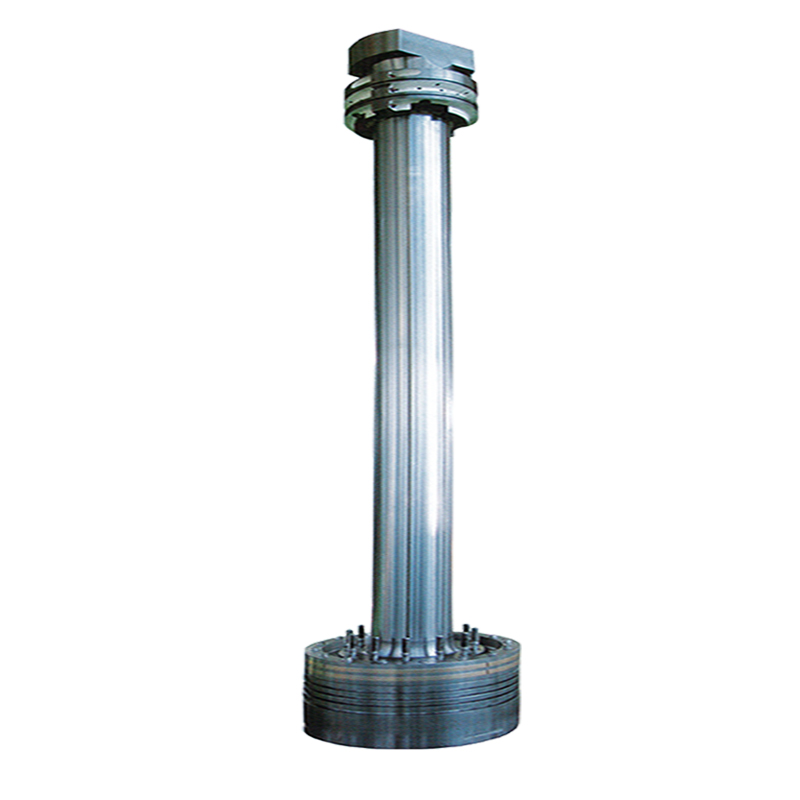
Common Issues with Piston and Rod Assemblies
Wear and Tear
One of the most significant challenges faced by piston and rod assemblies is wear and tear. Over time, constant friction and movement can lead to degradation of the piston and rod surfaces. This wear can manifest as scratches, scoring, or even complete failure of the components. Excessive wear can affect the efficiency of the engine or hydraulic systems, resulting in reduced power and increased fuel consumption. Regular inspections can help identify early signs of wear, allowing for timely maintenance or replacement to avoid larger problems.
Hydraulic Fluid Contamination
In hydraulic systems, contamination of the hydraulic fluid can cause severe issues for the piston and rod assembly. Dirt, moisture, or particulate matter can enter the hydraulic system, leading to blockages and improper lubrication. Contaminated fluid increases friction and wear on the piston and rod, resulting in potential overheating and failure. It is crucial to monitor fluid quality and maintain a clean environment to avoid contamination. Implementing filtration systems can significantly enhance the longevity of the assembly.
Misalignment
Misalignment between the piston and rod components can lead to uneven wear and operational inefficiencies. When components are not aligned correctly, they can place excessive strain on the rods and pistons, leading to premature failure. Misalignment may result from improper installation, manufacturing defects, or wear in other engine components. Regular inspections for proper alignment are essential to ensure optimal performance and reduce the risk of damage.
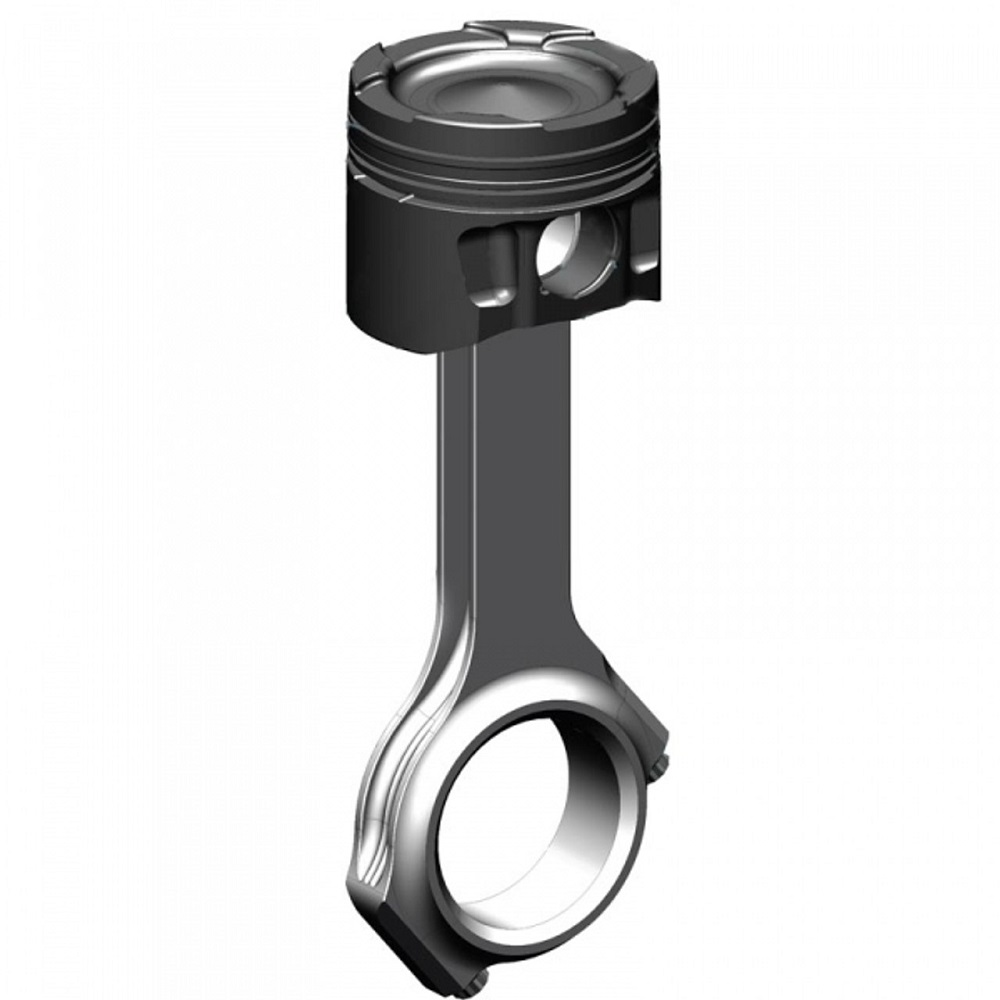
Essential Maintenance Practices
Routine Inspections
Conducting routine inspections of the piston and rod assembly is vital for maintaining optimal performance. Inspections should focus on checking for signs of wear, leaks, or misalignment. Pay attention to any unusual noises during operation, as they may indicate underlying issues. Establishing a regular inspection schedule, ideally every few weeks or based on usage, allows for the early detection of problems. Documenting findings during inspections can help track the condition of the components over time, leading to better maintenance decisions.
Proper Lubrication
Lubrication is critical for reducing friction and preventing wear between the moving parts of the piston and rod assembly. Regularly applying the appropriate lubricant will ensure smooth movement and enhance the overall efficiency of the system. Always use lubricants that comply with manufacturer specifications. Consistent checks of lubricant levels and conditions will ensure that the assembly operates every day without unnecessary strain. Keeping an eye on lubrication will reduce the risk of component failure and extends the operational life of the piston and rod.
Cleaning and Maintenance
Keeping the piston and rod assembly clean is essential for optimal operation. Residue from combustion materials or hydraulic fluids can accumulate over time, leading to contamination and wear. Regularly clean the various components, removing dirt and debris that may have settled. Depending on the design of the assembly, you may need to use specialized cleaning agents to ensure safe removal of contaminants. Cleaning should be part of the maintenance routine to preserve the longevity and integrity of the components.
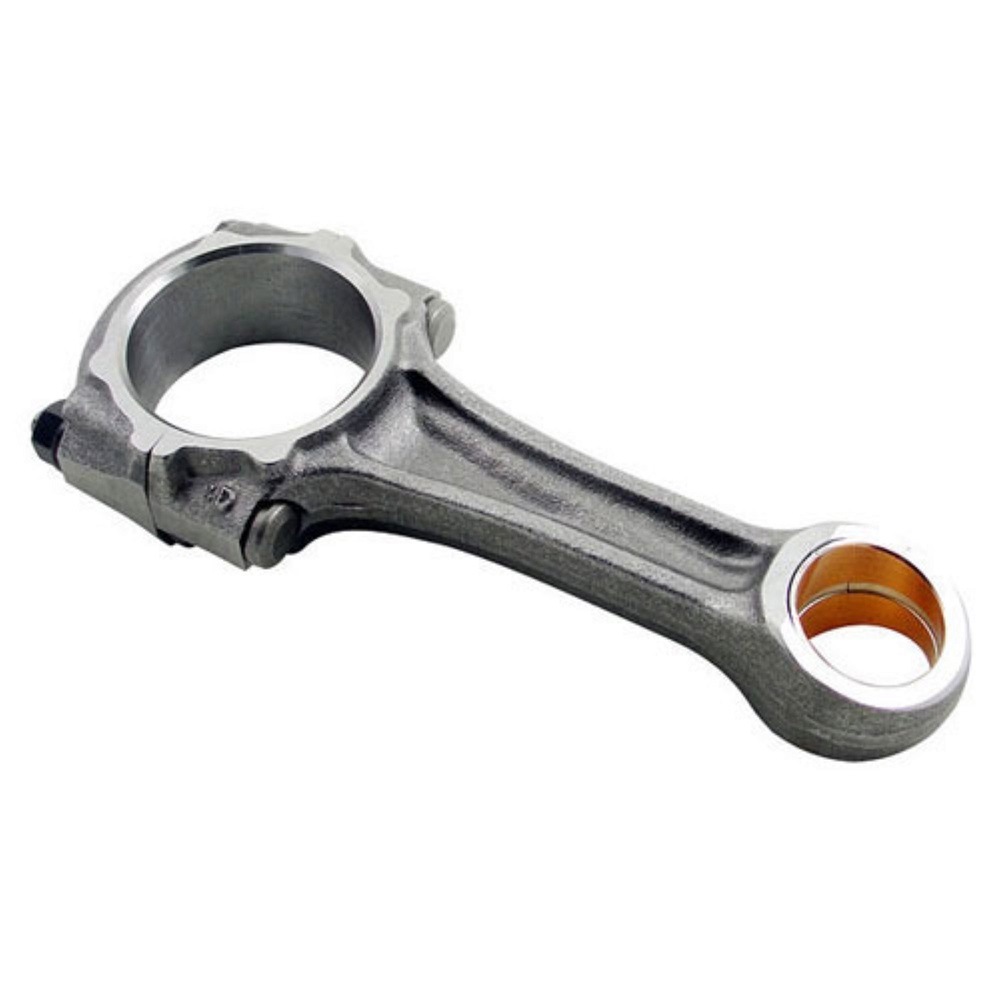
Understanding Lubrication Types
Selecting the Right Lubricant
Understanding the type of lubricant that best fits your piston and rod assembly is crucial for maintaining performance. Various options, such as motor oils, hydraulic fluids, and synthetic lubricants, offer different properties that suit specific applications. When selecting a lubricant, consider factors such as viscosity, thermal stability, and compatibility with materials in the assembly. Always refer to the manufacturer’s recommendations for the ideal lubrication type. Choosing the right lubricant can greatly enhance the efficiency of the assembly.
Applying Lubrication Properly
Proper application of lubricant is equally important as selecting the right type. Ensure that you apply the lubricant evenly across the piston and rod surfaces to minimize friction and wear. Over-lubrication can lead to excessive buildup, which may obstruct movement and lead to overheating. Conversely, under-lubrication can result in increased friction and wear. Developing a routine procedure for proper lubrication application allows for consistency and effectiveness in maintenance practices.
Monitoring Lubrication Effectiveness
Regularly monitor the effectiveness of the lubricant used in the piston and rod assembly. After lubrication, assess how effectively the components operate. Look for signs such as increased noise or temperature, which may indicate that the lubrication is not performing optimally. If issues arise, consider changing the lubricant type or adjusting the application method. Regular monitoring ensures that the assembly is receiving the proper care necessary to function effectively.
The Role of Technology in Maintenance
Innovations in Monitoring Systems
Technological advancements have led to the development of sophisticated monitoring systems for piston and rod assemblies. These systems utilize sensors to collect data about operating conditions, such as temperature, pressure, and lubrication levels. Real-time monitoring allows operators to make informed decisions regarding maintenance and repairs. Understanding the operational data can help identify patterns that may signal potential issues, enabling preventative measures before serious problems develop. The use of technology can significantly enhance maintenance practices.
Predictive Maintenance Strategies
Predictive maintenance is an approach that uses operational data and analytics to anticipate equipment failures. By analyzing historical trends and real-time data, maintenance teams can better predict when maintenance should be performed on the piston and rod assembly. This proactive strategy can lead to improved efficiency, reduced downtime, and lower maintenance costs. Embracing predictive maintenance strategies allows organizations to optimize their operations and minimize unexpected failures.
Training and Skill Development
Equipping maintenance personnel with the necessary training to utilize new technologies is essential for successful implementation. Regular training sessions can help ensure that staff members understand how to operate monitoring equipment, analyze data, and make informed maintenance decisions. Additionally, training should cover the fundamentals of piston and rod systems, lubrication practices, and inspection techniques. Investing in employee training leads to better maintenance outcomes and more efficient operations.
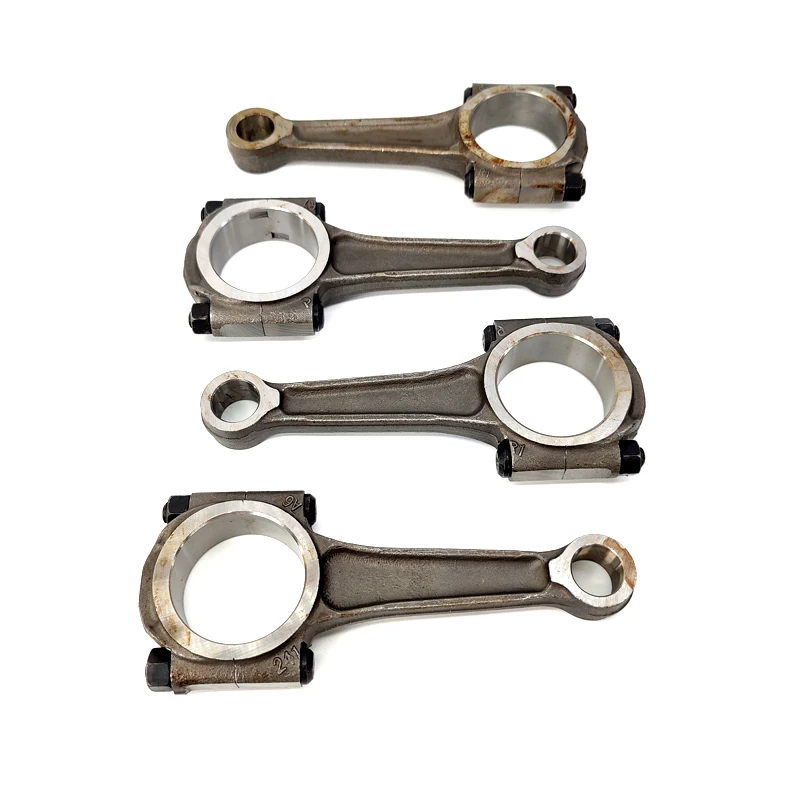
Addressing Performance Issues
Recognizing Signs of Trouble
Being able to recognize early signs of trouble in piston and rod assemblies is crucial for ongoing performance. An unusual drop in pressure, increased temperature, or unexpected noises may all indicate that something is amiss. Operators should be vigilant in monitoring these indicators and take immediate action if they arise. Maintenance personnel should be trained to understand common issues and how to troubleshoot them effectively.
Taking Prompt Action
When performance issues are detected, prompt action is necessary to avoid further damage. Addressing problems quickly can save time and money in repairs and minimize potential downtime. Operators should consult maintenance manuals and guidelines for the specific actions to take. In some cases, this may involve adjusting components, inspecting seals, or changing lubricants. Knowing how to respond effectively to performance issues is essential for ensuring the longevity of piston and rod assemblies.
Continuous Improvement
Establishing a culture of continuous improvement can lead to better performance and reliability in hydraulic systems. Regularly reviewing maintenance practices and effectiveness can provide valuable insights into areas that need enhancement. Seeking feedback from operators and maintenance personnel can lead to the identification of best practices and potential changes in methods. Emphasizing continuous improvement helps maintain a proactive approach to maintenance, ultimately leading to longer-lasting equipment and enhanced productivity.
Future Trends in Piston and Rod Design
Advancements in Materials
The future of piston and rod design is seeing significant advancements in materials science. Manufacturers are increasingly using composite and lightweight materials that offer strength without the added weight. These innovations not only improve performance but also enhance efficiency. The trend toward using environmentally friendly materials is also growing in response to sustainability concerns. Staying abreast of these advancements can position manufacturers and operators to take advantage of new opportunities.
Smart Technologies for Enhanced Performance
The incorporation of smart technologies into piston and rod systems is on the rise. Sensors and data analysis tools can provide real-time feedback on system performance, allowing for more efficient operation. These technologies can predict maintenance needs, monitor performance metrics, and alert personnel to potential issues before they escalate. Embracing smart technologies enhances the overall reliability of hydraulic systems in which piston and rod assemblies operate.
Customized Solutions
Future trends indicate a shift toward more customized solutions for piston and rod designs. Manufacturers are increasingly focused on tailoring components to meet specific industry needs or applications. This customization can include altering dimensions, shapes, or materials to achieve the best results for specific operational requirements. A move toward tailored solutions can improve performance and provide more efficient and effective hydraulic systems.
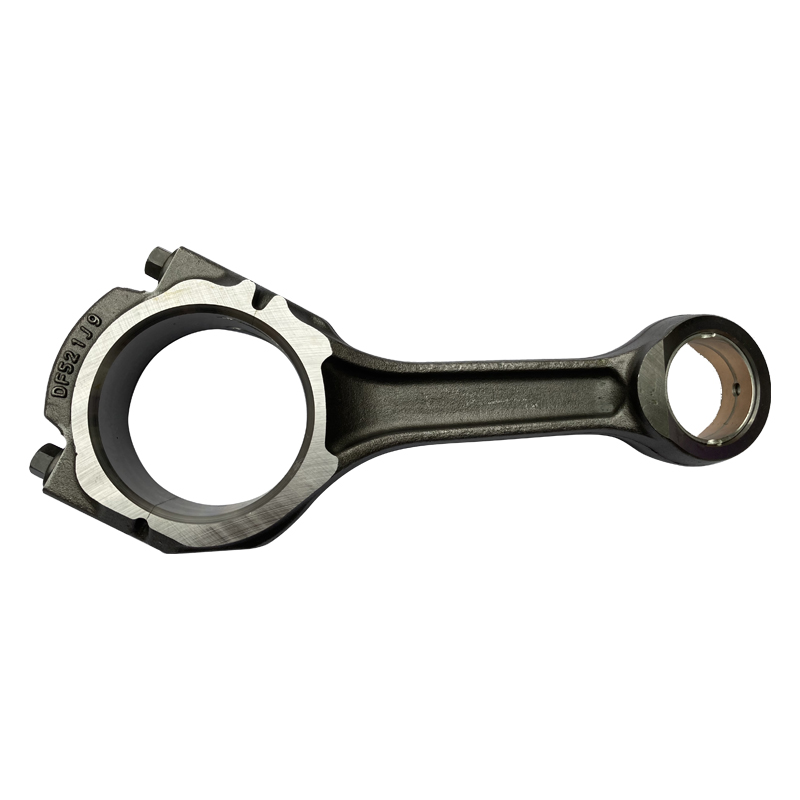
FAQ:
- What is the function of a piston and rod in a mechanical system?
The piston and rod assembly converts energy (usually hydraulic or pneumatic) into linear motion. The piston moves within a cylinder, while the rod transmits that motion to perform work, such as in engines or hydraulic cylinders. - What are common signs of piston and rod wear?
Common signs of wear include excessive noise during operation, reduced performance, fluid leaks around seals, scoring or scratches on piston surfaces, and vibration or jerky movement of the rod. If these symptoms occur, inspection and maintenance are necessary. - How often should I perform maintenance on piston and rod assemblies?
Maintenance frequency depends on the application, but it’s generally recommended to inspect piston and rod assemblies at regular intervals, such as every 500 to 1,000 operational hours. More frequent inspections may be needed for applications operating under heavy loads or extreme conditions. - What maintenance practices can enhance the performance and longevity of pistons and rods?
Best practices include regular lubrication of all moving parts, checking for proper alignment, monitoring fluid levels, inspecting for wear and tear, and cleaning the assembly to remove debris. Following manufacturer guidelines for maintenance is also essential. -
What types of lubricants are suitable for pistons and rods?
The ideal lubricant depends on the application and operating conditions. Generally, high-performance hydraulic oils, synthetic oils, or grease designed for high-pressure environments can be suitable. Always consult the manufacturer’s specifications for the best lubricant recommendations.
Conclusion: Prioritizing Maintenance for Optimal Performance
Commit to Regular Maintenance
In summary, maintaining the piston and rod assembly is essential to ensure optimal performance in hydraulic systems. Regular inspections, proper lubrication, and prompt attention to issues are crucial steps in effective maintenance. The importance of addressing wear, seal integrity, and fluid quality cannot be overstated. Implementing these practices can prevent costly breakdowns and extend the life of your machinery.
Invest in Quality Components
Investing in high-quality piston and rod components is vital. Choosing reliable materials and designs will contribute significantly to the overall efficiency of your systems. Understanding the importance of compatibility between components can prevent future complications and failure. A thoughtful investment in quality ensures that your systems can perform reliably under demanding conditions.
Stay Informed and Adaptable
Finally, staying informed about advancements in piston and rod technology is essential for ongoing success. Understanding common piston and rod issues and troubleshooting tips allows you to address potential problems proactively, ensuring smoother operations. By embracing innovations, utilizing monitoring tools, and implementing predictive maintenance strategies, you can significantly enhance the performance and longevity of your systems. Prioritizing maintenance and investing in knowledge will ensure that your hydraulic pistons and rods continue to deliver reliable power and efficiency across all applications for years to come.
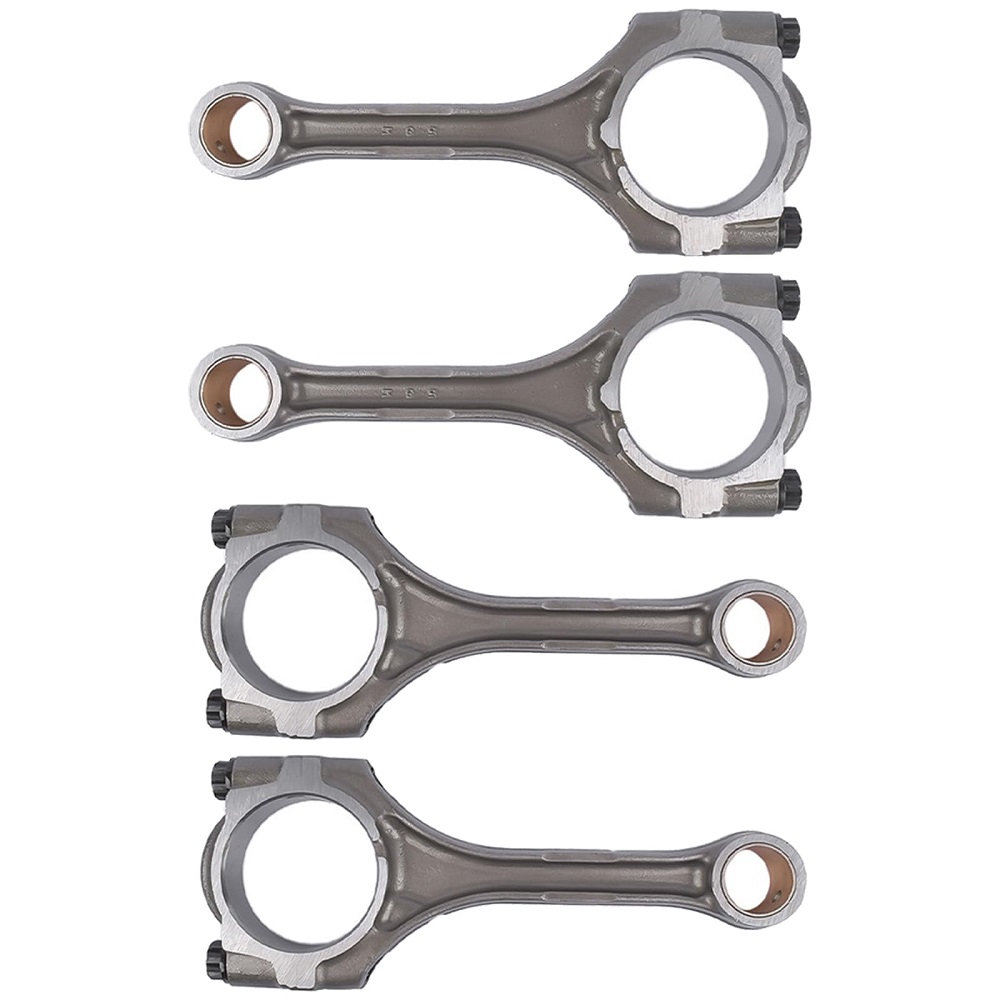
Leave a Reply